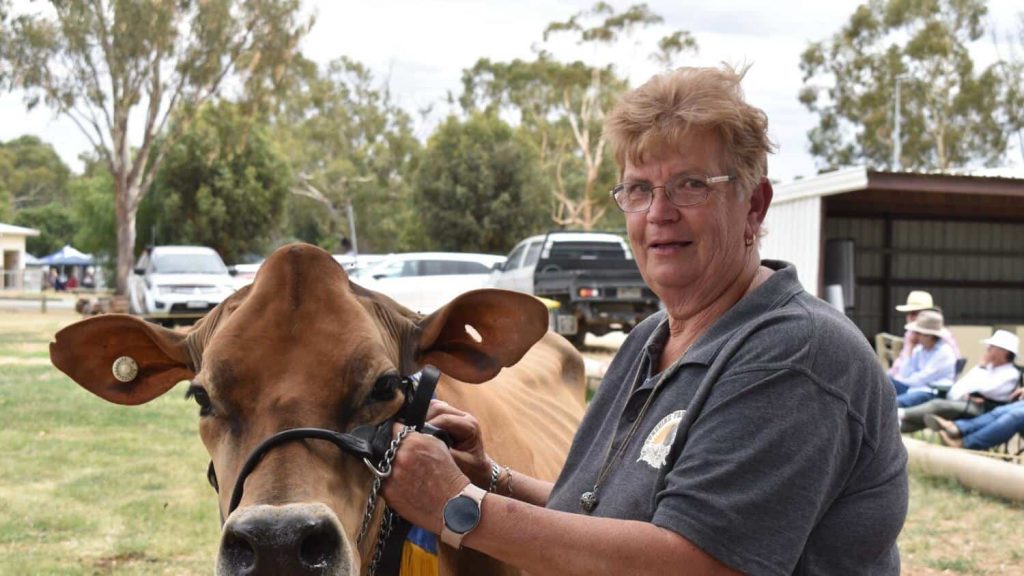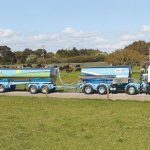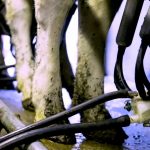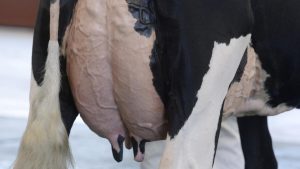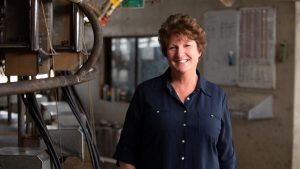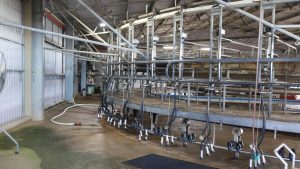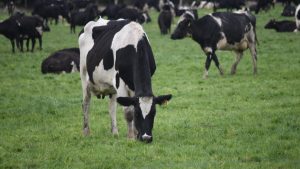
In what is great news for suppliers, opening milk prices are already on the rise as processors scramble to secure supply for the 2023-24 season.
The highest opening price of $9/kg of milk solids was offered up by Saputo, but it didn’t take long before Fonterra ($8.65/kg MS) and Bega ($8.60/kg MS) jumped on board, matching the price.
ACM’s 2023-24 opening forecast price is in the range of $8.69/kg to $9.52/kg and Noumi is offering a base price of $9.30/kg.
There is industry talk prices will hit last year’s high of $9.50 despite a shrinking Australian milk pool and a global recovery in milk supply.
While prices for the 2022 season did hit record highs, the impact of the October floods took some of the joy away for our region’s farmers.
Koondrook farmer Skeeta Verhey said he was hoping for prices to hit $9.80/kg MS.
“Opening prices always create anxiety for farmers but we have to remember processors always open at their lowest price and build from there,” Mr Verhey said.
As a Lactalis supplier he said he was disappointed to have to jump on the website to find out the opening price of $8.80/kg, rather than be personally notified by the company.
Mr Verhey said prices around $9.80 would make up for a disappointing spring.
“Last year was one of the wettest springs on record and our production was down 30 per cent, not to mention the impact on milk quality and cow health.
“Then we had to deal with the external stress of the floods and the additional costs that generated, so we really need a strong price this season.”
Bega supplier Janelle McDonald milks 150 split-calving Jerseys at Kyabram South.
She said she wasn’t too worried about current opening prices.
“Bega have already gone up to a flat $9 plus incentives. They are matching the rest so I can’t ask for anything more really,” Mrs McDonald said.
While Mrs McDonald said she would always like to be paid more, she was pretty happy with where things are currently sitting.
Cohuna dairy farmer John Keely said he wasn’t surprised opening prices dropped, considering the world market.
“I have a mate in the UK who I talk to regularly and I knew there would be a flow-on effect,” Mr Keely said.
Supplying ADFC since 2017, Mr Keely said he had no plans to swap processors.
“I don’t see any reason to change. You can chase your tail for an opening price when really it’s all about where the price ends up at the end of the season.”
He said the business would stick to milking around 450 cows, depending on seasonal culls.
“Labour is a huge issue for us and if we stick to around 450 we know we can cover things well — last spring when it was so wet and we were all in the dairy, (two cleaning teats and one putting cups on) it was so draining.”
Saputo supplier Clarke Fehring said he was happy with his processor’s opening price.
“We run a low-cost of production herd for risk mitigation and for the last three years we have been calving the herd in mid-March to give us options if it comes in too wet or too dry,” Mr Fehring said.
Despite a decrease in Australian milk production, dairy remains Australia’s third largest rural industry, employing an industry workforce of 34,700.
Around 36 per cent of Australia’s production is exported overseas with major export markets in China, Singapore, Indonesia, Japan and Malaysia.
